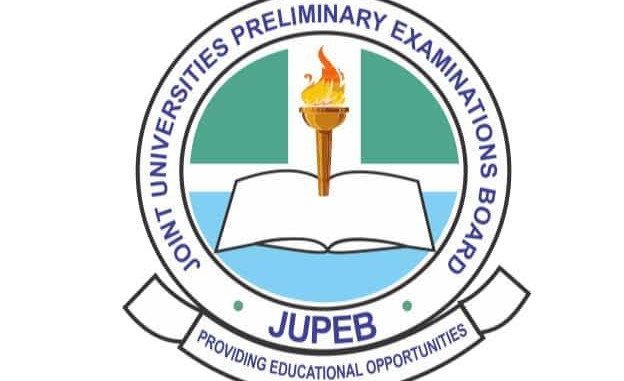
JUPEB-BIOLOGY-OBJ
01-20 DBACDCCDDB
11-20 CCBABDDCCC
21-30 DBACAABDBB
31-40 CBCCBAABCB
41-59 DBCBCABEAA
Completed!!!
(7a)
Respiration is a biological process that occurs in living organisms to obtain energy from organic molecules, typically glucose. It involves the exchange of gases, mainly oxygen and carbon dioxide, between the organism and its environment. There are two types of respiration: aerobic (with oxygen) and anaerobic (without oxygen).
(7b)
(PICK ANY TWO)
(i)Both processes involve the breakdown of organic molecules, such as glucose, to produce energy in the form of ATP (adenosine triphosphate).
(ii)Both types of respiration start with the process of glycolysis, which is the initial step in the breakdown of glucose into smaller molecules.
(iii)Both aerobic and anaerobic respiration occur in living cells as a means to generate energy for various cellular activities.
(7c)
Mechanism of inspiration in man, During inspiration, the diaphragm and external intercostal muscles contract. The diaphragm moves downwards, and the external intercostal muscles lift the ribcage upward and outward. These actions increase the volume of the thoracic cavity, leading to a decrease in air pressure inside the lungs. As a result, air rushes into the lungs from the surrounding atmosphere, filling the lung’s air sacs (alveoli) with oxygen.
This process enables oxygen to be delivered to the bloodstream for distribution to body tissues and removes carbon dioxide during exhalation
(8ai)
Balanced diet refers to a way of eating that provides all the essential nutrients, vitamins, minerals, and energy needed for proper growth, maintenance, and overall health of an individual. A balanced diet typically includes a variety of foods from different food groups in appropriate proportions.
(8aii)
(i)Carbohydrates
(ii)Proteins
(iii)Fats and Oils
(iv)Vitamins and Minerals
(8b)
(PICK ANY THREE)
(i)Bile aids in the digestion and absorption of dietary fats. It emulsifies fats, breaking them down into smaller droplets, which increases their surface area for efficient enzymatic digestion by lipases.
(ii)Bile helps solubilize fat molecules and allows the absorption of fat-soluble vitamins (A, D, E, and K) and other lipids in the small intestine.
(iii)Bile acts as a waste product carrier, transporting waste materials, including bilirubin (a breakdown product of old red blood cells), out of the body through the intestines.
(iv)Bile contains bicarbonate ions, which help neutralize the acidic chyme (partially digested food) that enters the small intestine from the stomach, creating a less acidic environment for digestive enzymes to work optimally.
READ THIS; 2023 JUPEB Final Timetable Now Available – Click Here
(8ci)
Erepsin: Erepsin is an enzyme found in the small intestine that helps in the final breakdown of peptides (short chains of amino acids) into individual amino acids.
(8cii)
Maltase: Maltase breaks down maltose into two individual glucose molecules, which can then be absorbed into the bloodstream to provide the body with a source of energy.
(8ciii)
Lipase: It breaks down triglycerides (fats) into fatty acids and glycerol, which can be absorbed in the small intestine and used for energy production, the synthesis of cell membranes, and the storage of energy in adipose tissue.
(8iv)Sucrase: Sucrase breaks down sucrose into its individual sugar components (glucose and fructose), which can then be absorbed in the small intestine and used for energy or other metabolic processes

Leave a Reply